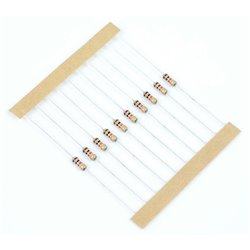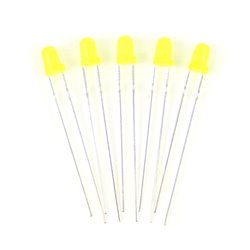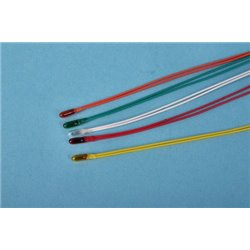The Tri-ang Series 3 Track refers to a type of model railway track produced by the Tri-ang Railways company. Tri-ang...
No products
Product successfully added to your shopping cart
There are 0 items in your cart. There is 1 item in your cart.
Search Tips
Christmas and New Year
We are dispatching orders every weekday apart from Christmas Day, Boxing Day and New Year's Day.
If you order is time critical, select next day delivery at checkout.
The shop in Sandown is closed from 25th December, reopening on 30th December.
Are LED lights better than grain of wheat bulbs?
Grain of wheat bulbs are filament based so run hot. This means in certain situation, they have a habit of melting plastic which is not good for buildings or control panels that are made of plastic. They require 6 to 12 volts to run.
On the other hand, LED lights run cold, are easier to fit, last a lot longer and run on a low voltage of 1 to 2 volts. The downside of LED lights is they can be on a bit harsh on the eyes. They do not look as natural as traditional bulbs so they are difficult to use to mimic gas lamps or even lights from the 1960s.
Regarding the voltage, 12V is usually available from the controller on a model railway layout so grain of wheat bulbs can easily be fitted. With LED, resistors and possibly another power supply may have to be used.
Click here to receive the tips weekly in your mailbox. You can unsubscribe at any time.










